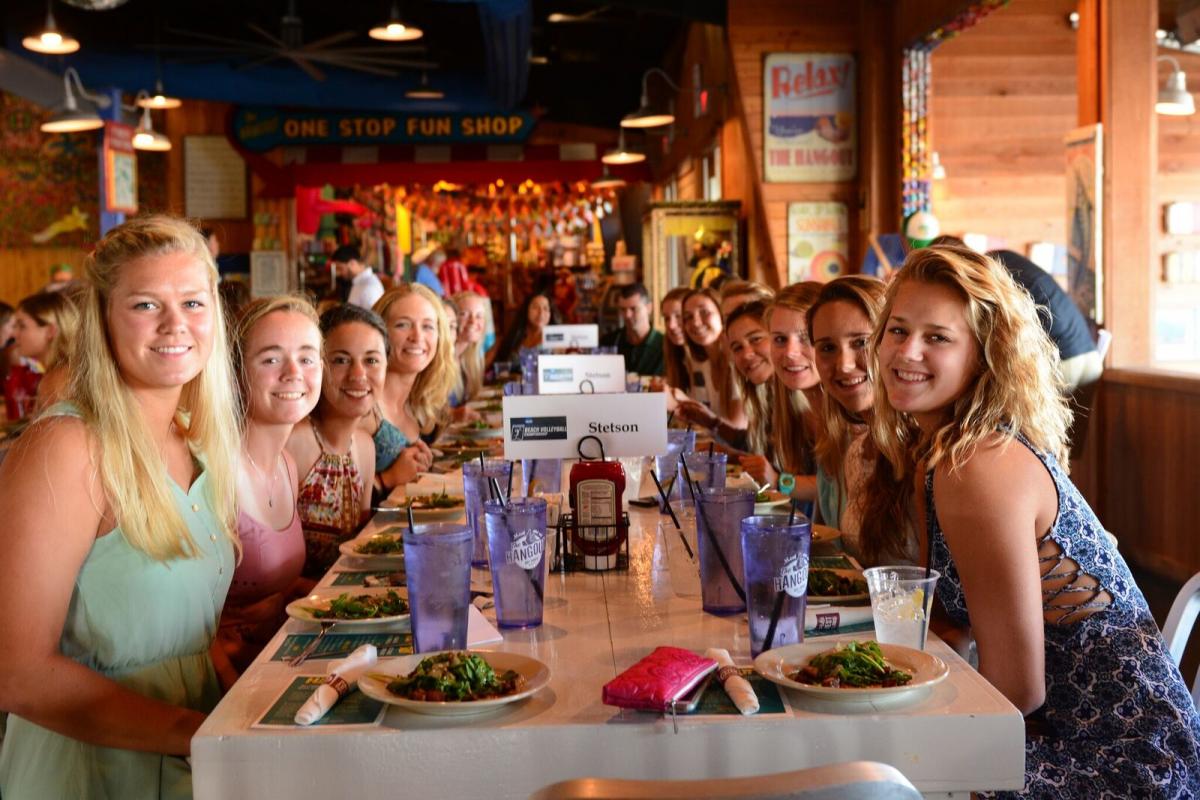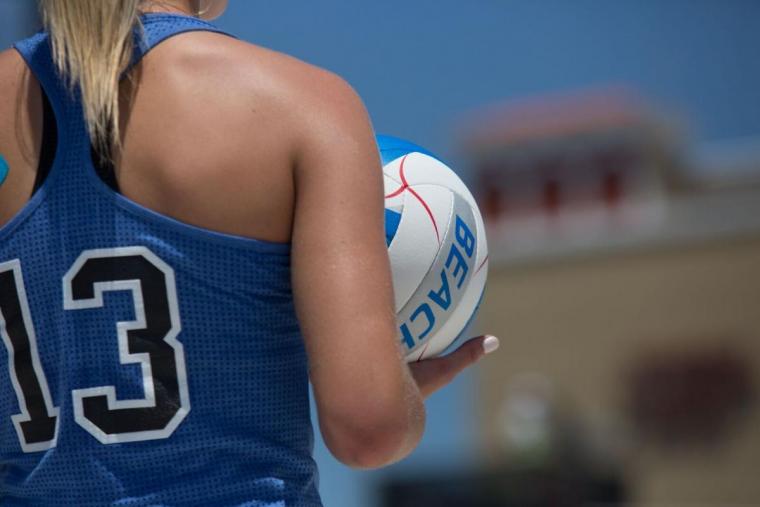

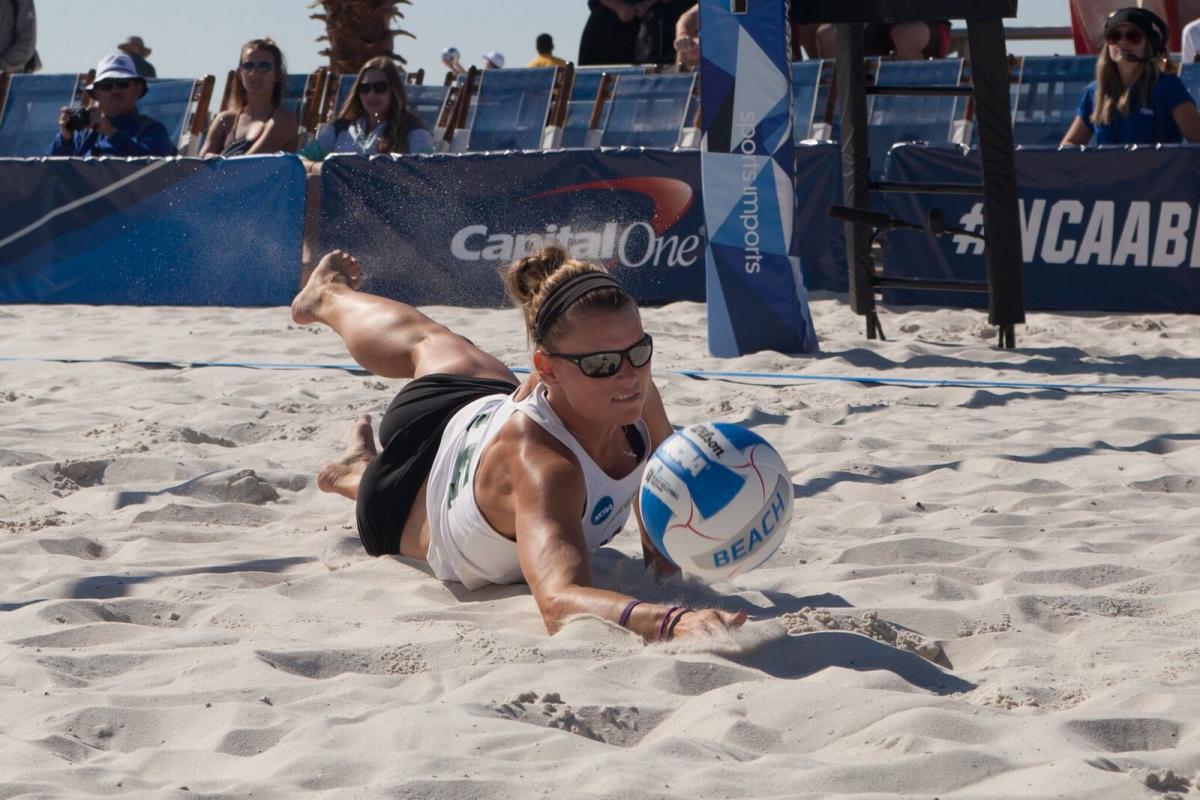
But the event was also a sendoff, marking the end of the four years the championship had been under the auspices of the American Volleyball Coaches Association. AVCA Executive Director Kathy DeBoer spent some time speaking with Sports Destination Management about the history and growth of the sport and the event, and how one destination was able to dig in for the long run and help make it all work.
Sports Destination Management: The growth of beach volleyball has been tremendous, and AVCA played a huge role in its development, particularly at the college level. What was it like to see the event presented at the NCAA level this year?
Kathy DeBoer: It was just amazing. When beach volleyball first became a college sport, there weren’t enough teams for the NCAA to host a championship, so for the first four years, we ran the championship. Now, to see this level of growth is just incredible. This is the fastest-growing Division I sport in NCAA history. This is the fastest any sport has ever gone from an emerging sport to a championship sport – and you’re also talking about one that is suddenly getting live coverage nationwide. You now have the opportunity for girls who are 13 or 14 years old to say, ‘Hey, you can play this in college! I want to do that!’ whereas before, this was not possible.
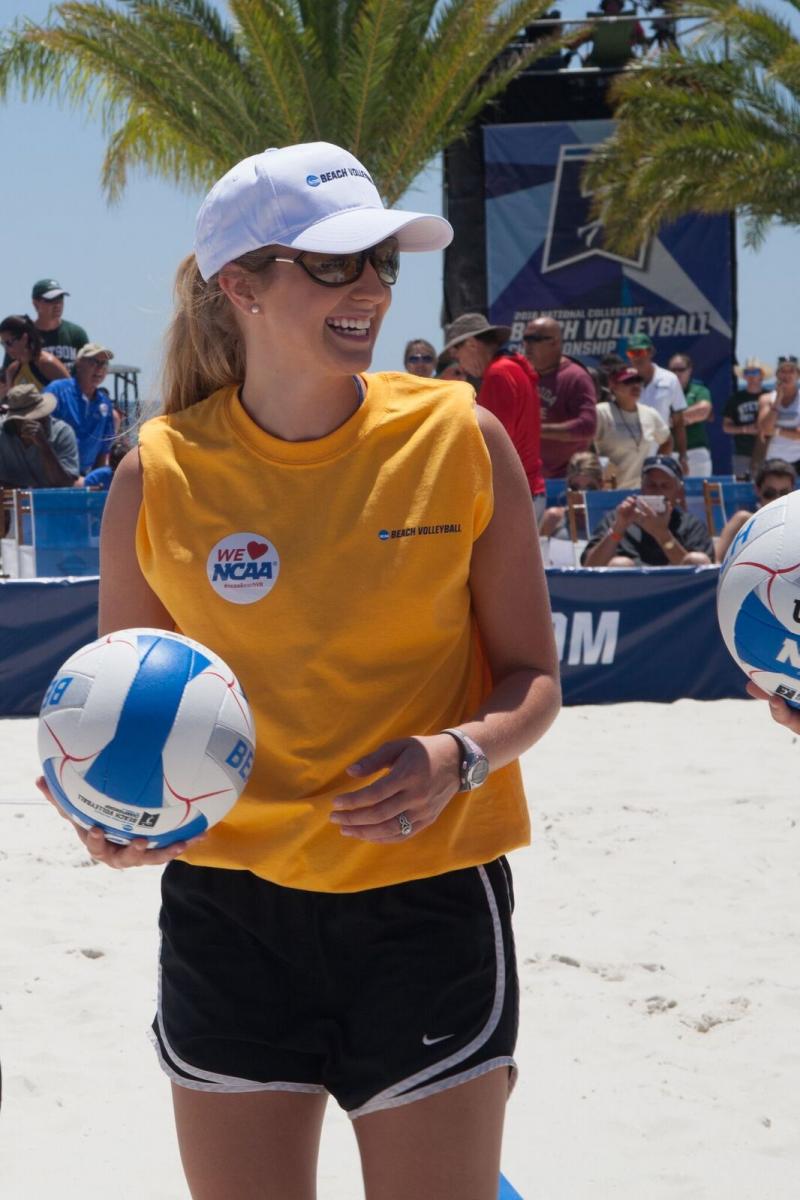 SDM: How did you come to decide upon Gulf Shores to host the event?
SDM: How did you come to decide upon Gulf Shores to host the event?
DeBoer: In 2012, the Gulf Shores area was still recovering from Hurricane Katrina and then the Deepwater Horizon Oil Spill. They must have felt like they’d been sucker-punched twice. But they had this unbelievable beach and we were asked to look it as a possible venue. To be honest, we’d had interest from California about hosting, and even a nibble from Honolulu, but we went down to visit Alabama and they were super. Right from day one, the convention and visitors bureau, the sports commission, the tourism group and the city all wanted Gulf Shores to be the site of an NCAA championship, and they were committed to that as much as we were.
SDM: Was it a good fit, logistically?
DeBoer: It was perfect. In Gulf Shores, the beaches are lined with hotels, restaurants, condos – everything was within walking distance for the people who were staying there. Some beaches in the U.S. are gorgeous but they are very residential and you don’t have all the things you need that close by. In Gulf Shores, though, they had the tourism industry right there, and it drove the activity on the beach. Having everything that close meant it all laid out perfectly. There was a restaurant called The Hangout, which is a great family-oriented space where the kids would eat every day, and that was where we also held the championship banquet.
It’s also just such a great story. Sometimes, when an event is just starting out, the smaller communities will get it and then when that event grows in size and becomes important, those communities lose it. It was heartwarming for us that Gulf Shores invested in this event when it really was a start-up and helped it grow – and now they have hosted the first NCAA championship event and they’ll host next year’s as well. We were proud of what we’d started. We wanted the NCAA to provide a big-time experience for the first championship there and they absolutely delivered. They even had an enormous scoreboard that showed each match, which made it easy for people to follow what was going on since we had multiple teams from schools playing on different courts at the same time.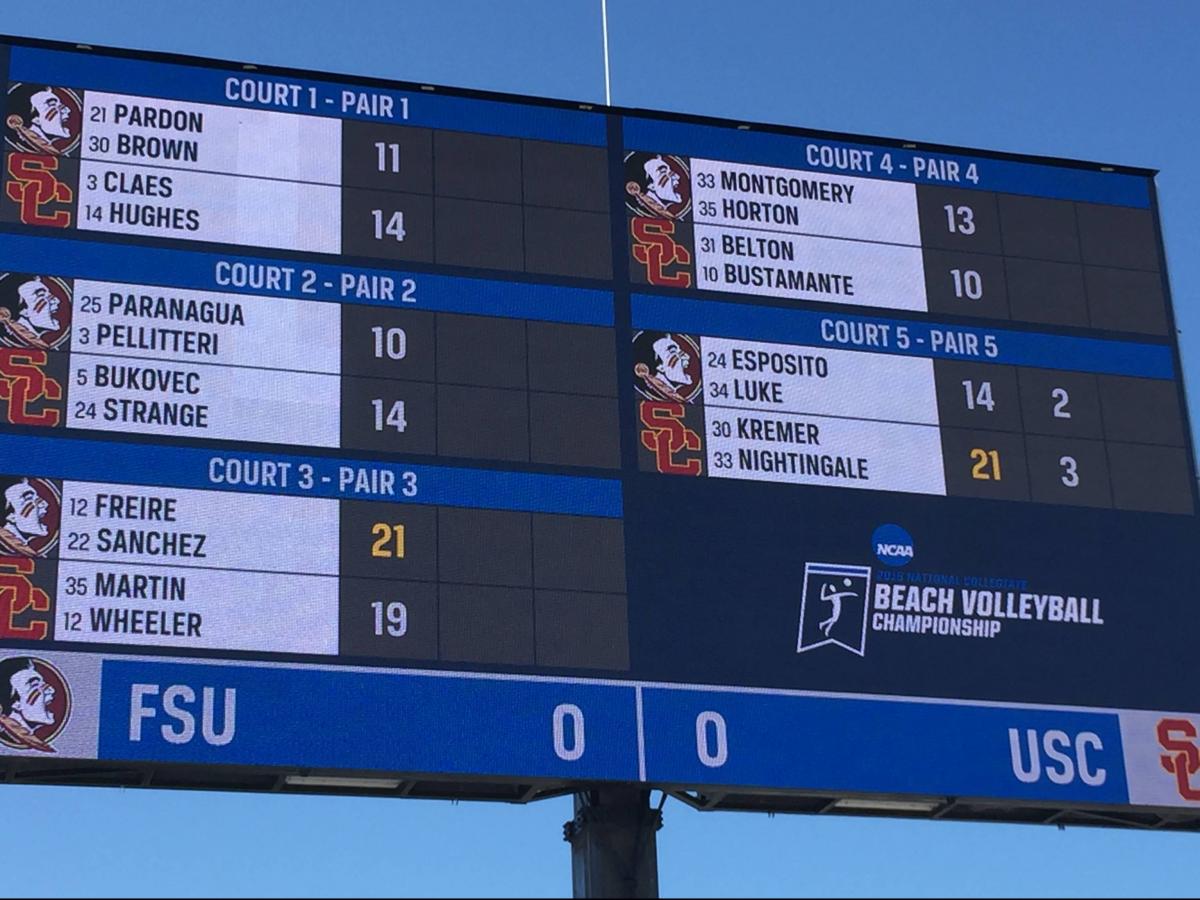
SDM: Is the championship up for bid after 2017?
DeBoer: Yes, all bidding runs through NCAA now.
SDM: In terms of the actual playing venues, does it take a special kind of space to host a beach volleyball championship?
DeBoer: You want a beach that has deep, comfortable sand that players can dive in safely. You need it flat and you need it smooth – you don’t want a rocky beach or a slanted beach, and you can’t have a beach where the sand gets so hot that you can’t comfortably play. We loved the sand in Gulf Shores – it’s beautiful and comfortable and they have miles of it and there really isn’t a limit to the number of courts that can be put on the beach. Something else we were impressed by was the fact that the city of Gulf Shores does make a significant investment in their beach. They do beach renourishment programs to make sure it stays healthy.
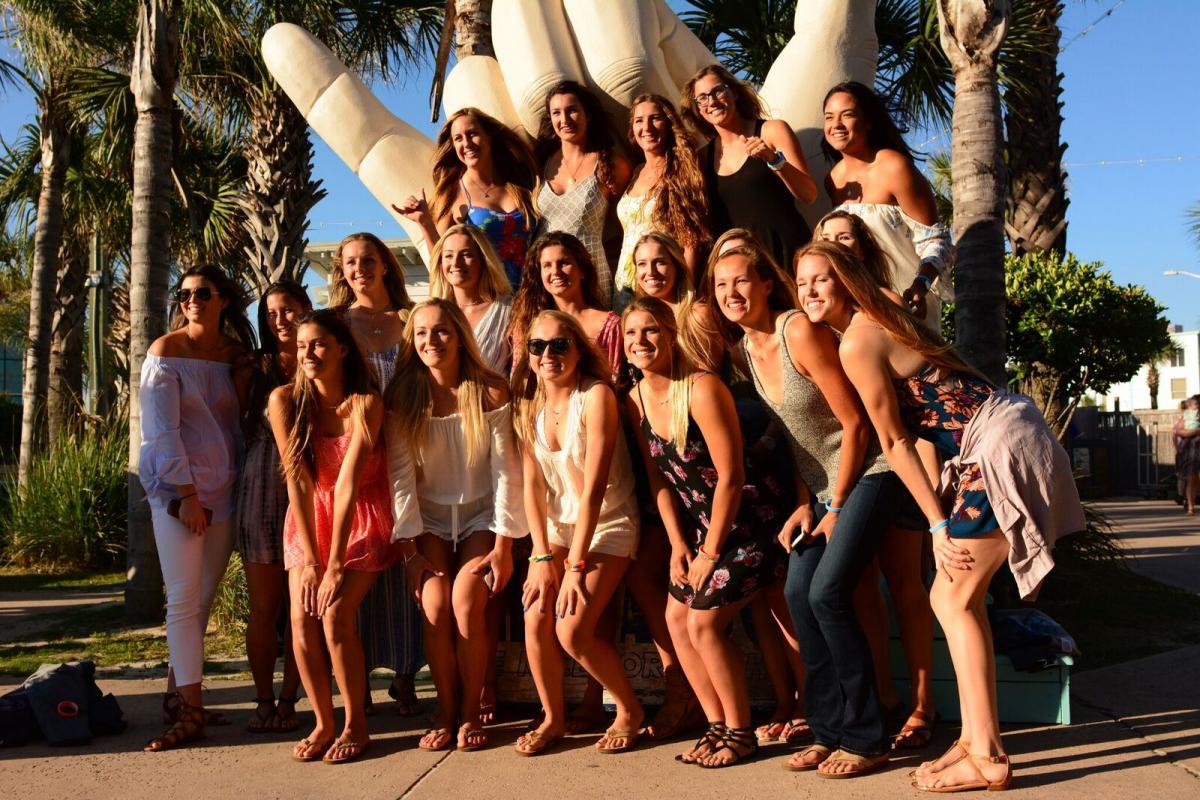 The one thing that we did need to do was a significant amount of buildout. We put up the courts since they’re not permanent structures. We also had to put up tents for management, officials, teams and so forth. The area for the NCAA event was cordoned off; it was a ticketed site. The kids who were participating in the youth tournament got tickets to the event in their registration packets, and the parents and other family members who came in with them also bought tickets, and so did the families and friends for the college teams. You have a built-in crowd for this event. You have all the beach coaches in the country there so all the athletes are incentivized to come in and be part of it. None of it is rocket science, but it’s still brilliant.
The one thing that we did need to do was a significant amount of buildout. We put up the courts since they’re not permanent structures. We also had to put up tents for management, officials, teams and so forth. The area for the NCAA event was cordoned off; it was a ticketed site. The kids who were participating in the youth tournament got tickets to the event in their registration packets, and the parents and other family members who came in with them also bought tickets, and so did the families and friends for the college teams. You have a built-in crowd for this event. You have all the beach coaches in the country there so all the athletes are incentivized to come in and be part of it. None of it is rocket science, but it’s still brilliant.
SDM: Beach volleyball is growing exponentially and not just in communities that you’d think of as hotbeds for it.
DeBoer: You have to give credit where credit is due. If you look at the history, you know that Misty May-Treanor and Kari Walsh Jennings had won gold in Athens in 2004, and it was somewhat covered in the media. By the time of the 2008 Olympics in Beijing, everyone was watching it. That was also the year Todd Rogers and Phil Dalhausser won the men’s gold for the USA. It really bumped up participation around the same time the NCAA was putting beach volleyball on the list of emerging sports for women.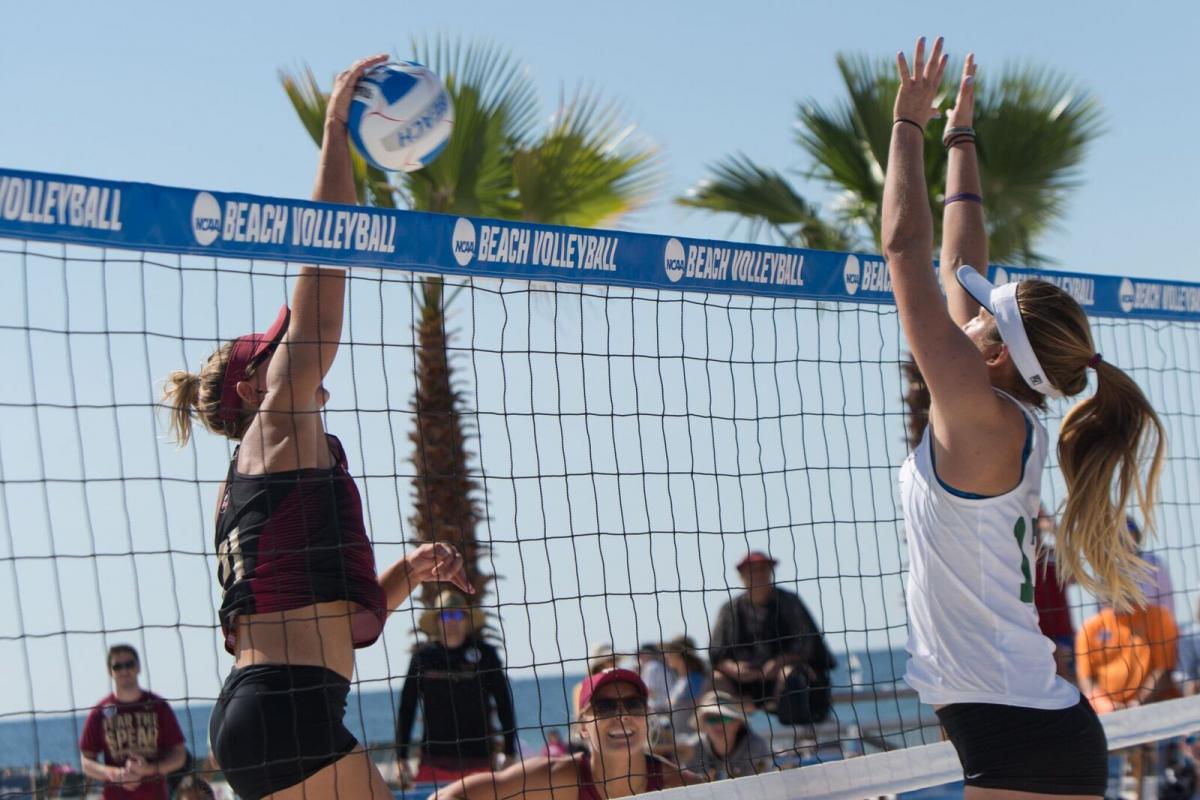
The next thing happened in London in 2012, when beach volleyball was being played in 50-degree temperatures, and that really broadened people’s understanding of the sport; they suddenly realized it could be played anywhere that courts could be built. Up until then, we’d heard colleges say, ‘Oh, those lucky schools in Florida and California; they can play beach volleyball but we’re in Kentucky or Nebraska or wherever, and we don’t have a beach.’ But London taught people that you don’t need a beach and that when it’s not warm, you just put on your long johns and go out there and play. Now to most outdoor athletes, that’s kind of a ‘duh’ statement. You play softball outside in the upper Midwest and you play lacrosse when it’s still cold.
Now, we’re seeing Boise State and Nebraska with beach volleyball teams, and Central Arkansas is adding one next year. And even if you look at the warmer parts of the country, you’ll see beach volleyball going into places that aren’t necessarily on a beach or even near the water. Houston Baptist is in the middle of a city. Cal State Bakersfield isn’t near a beach. There’s a push north and west too; Washington State and Oregon are adding teams.
SDM: How hard is it for colleges – or cities, for that matter – to build sand volleyball courts?
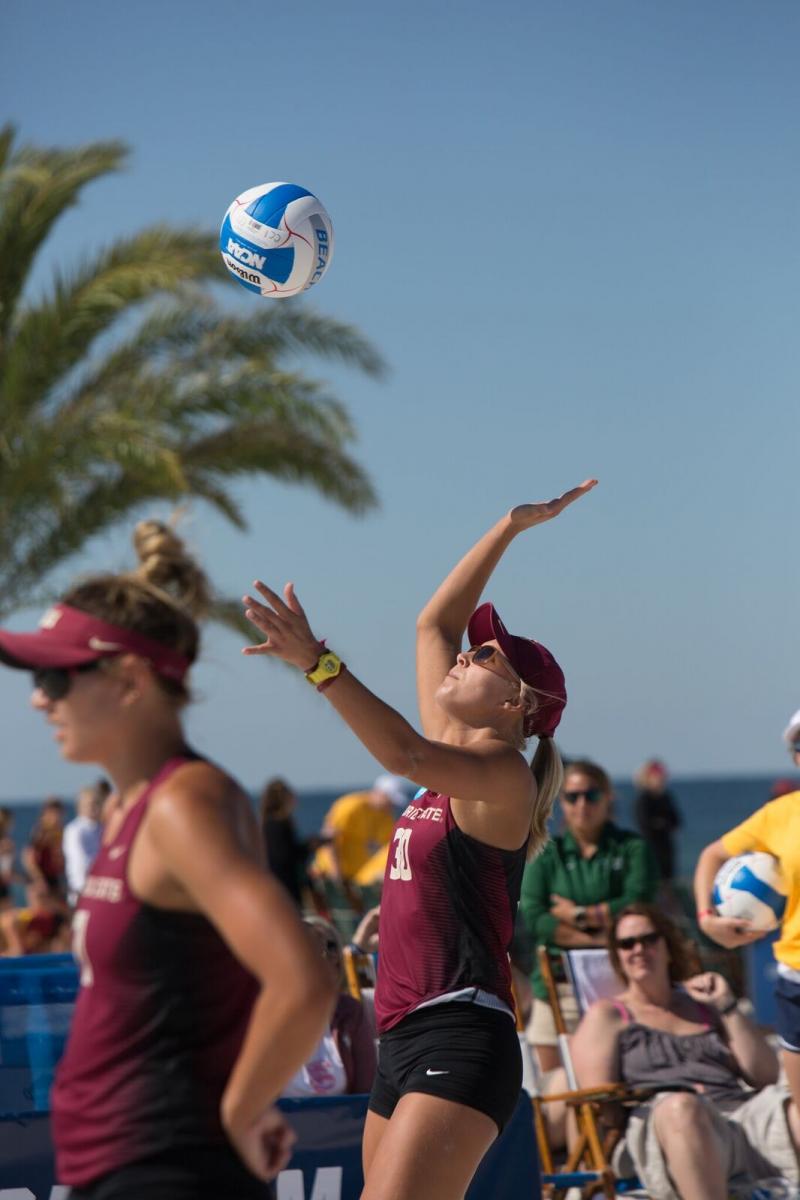 DeBoer: It’s really not hard. And when you talk about building facilities, it’s relatively inexpensive, for example, compared to building tennis courts or to building fields for lacrosse, since you don’t need the same amount of land. At (inaugural NCAA beach volleyball champion) University of Southern California, for example, they’ve built facilities in the center of their campus. You just need the right size space for courts and you need about 18 inches of sand so players are able to jump and dive safely. (Editor’s note: NCAA’s specs for beach volleyball courts are listed here.)
DeBoer: It’s really not hard. And when you talk about building facilities, it’s relatively inexpensive, for example, compared to building tennis courts or to building fields for lacrosse, since you don’t need the same amount of land. At (inaugural NCAA beach volleyball champion) University of Southern California, for example, they’ve built facilities in the center of their campus. You just need the right size space for courts and you need about 18 inches of sand so players are able to jump and dive safely. (Editor’s note: NCAA’s specs for beach volleyball courts are listed here.)
That’s not to say there aren’t multi-million-dollar facilities out there; it’s just that you don’t need that to start out. In some cases, we’re seeing the courts built on top of things that aren’t currently used. Georgia State built theirs on top of two tennis courts that were dilapidated. It comes down to a creative use of space. Even indoor courts aren’t that expensive to put in, and of course, outdoor courts are even cheaper.
SDM: How much maintenance does a sand volleyball court take?
DeBoer: Well, sand isn’t grass. You don’t have to mow it, but you do have to rake it and replenish it, and periodically, your maintenance people will have to till it to make sure it’s draining properly. But compared to a grass field, it’s an incredibly low-maintenance facility.
SDM: So you think cities can benefit from this?
DeBoer: Yes, absolutely. If you’re in a parks and rec department – and I would know because I worked in city government before I worked in this job – one of the challenges is always budgeting. But if you’re sitting on all kinds of dead facilities like old unused tennis courts and you don’t have money to resurface them, you can invest $40,000 to $50,000 and put in some beach volleyball courts, and your mayor can cut a ribbon and it can be a great thing.
SDM: What advice would you give cities that want to put in these courts and market to tournaments?
DeBoer: I would tell cities to play to their strengths. What makes your community unique? I would say a lot of the people coming to that first championship thought, ‘Really? We’re going to a championship and it’s going to be held on the Gulf of Mexico?’ They were used to seeing beach volleyball in places like California. But when they got to Gulf Shores and saw it, they really loved everything about it. So find what makes your location special and work with that.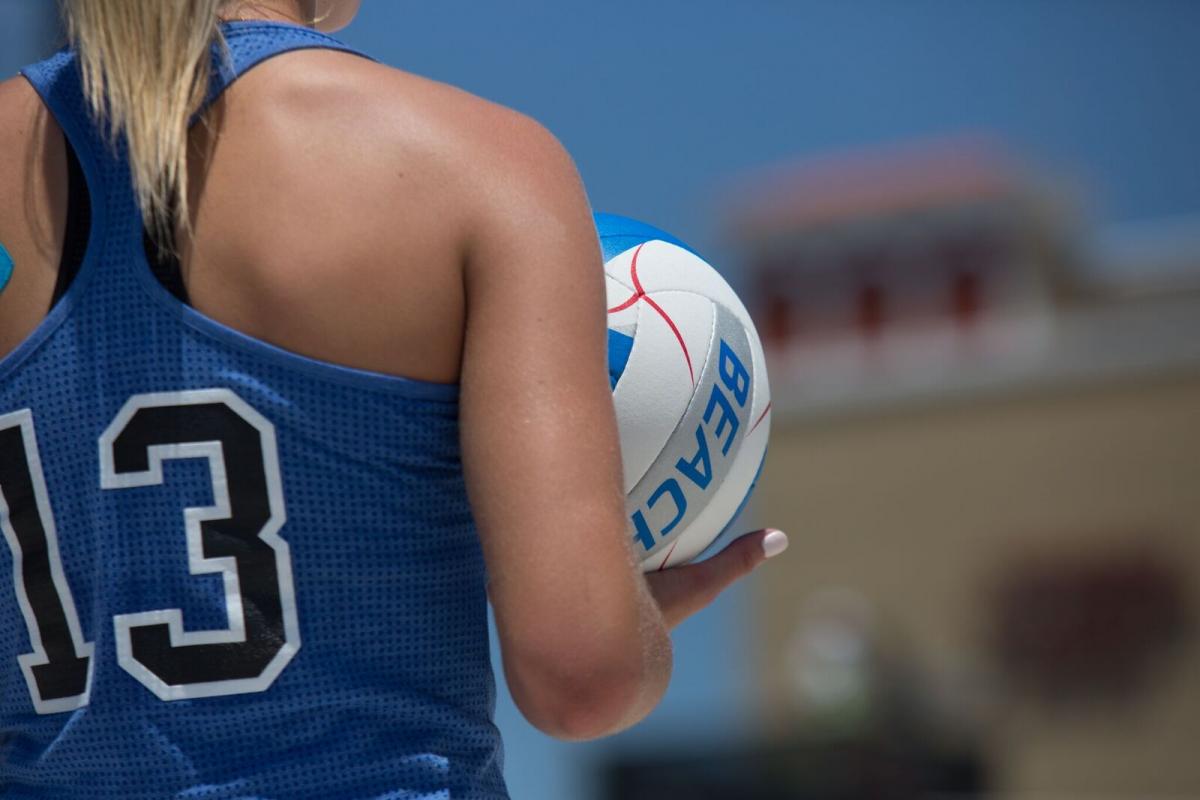
SDM: There are travel sports teams for youth. Do you see a similar trend in beach volleyball?
DeBoer: It’s already happening. The AAU and USA Volleyball and the Junior Volleyball Association are all on a dead run to try to keep up with the demand for events. There are so many kids who want to play this right now. And of course, like any new sport, there will be a lot of kids trying it and saying they think it’s too hard or they don’t like it enough to continue, but there will also be plenty saying it’s great and that they want to stick with it.
SDM: Do you see a lot of cities constructing courts to try to attract events, either on the college level or on the pro level as well?
DeBoer: Yes, and you can still use the courts for recreational leagues so they can continue to make money for the city. People don’t have to play doubles the way they do at the Olympics – adults can play sixes and have a great time getting exercise. In terms of return on investment, beach volleyball courts are a great value.
SDM: Do you think men’s beach volleyball will follow a similar trajectory at the college level?
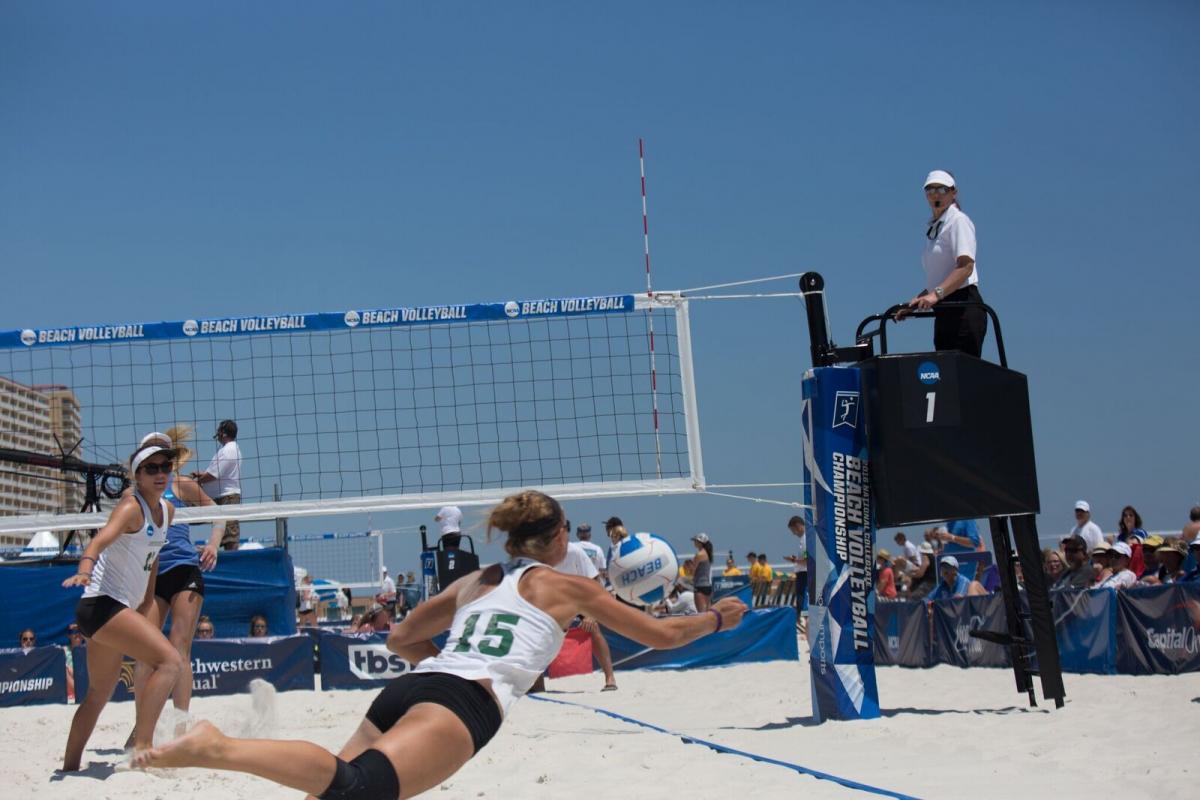 DeBoer: I think it will be a trailing activity. Courts will be built at colleges to accommodate the women’s team, but once they’re in, there’s no reason why you won’t see men’s teams added. The biggest expense is honestly the relatively limited one of putting in courts. You just move the net up higher for the men’s game. It’s 7' 4 1/4" in height for women and 7' 11 5/8" for men.
DeBoer: I think it will be a trailing activity. Courts will be built at colleges to accommodate the women’s team, but once they’re in, there’s no reason why you won’t see men’s teams added. The biggest expense is honestly the relatively limited one of putting in courts. You just move the net up higher for the men’s game. It’s 7' 4 1/4" in height for women and 7' 11 5/8" for men.
SDM: The AVCA invested a lot of time and energy in women’s beach volleyball. Is it hard for you to watch it go on from here and not be involved in the championship?
DeBoer: Yes and no. This is probably what it feels like to send a kid off to college. You’ve spent time building something and watching it mature and become something else. My staff had some mournful moments this spring. Each of them in their annual assessment last year said beach volleyball was the highlight of what they did and they miss it.
AVCA will stay involved, though, because now, Divisions II and III are adding beach volleyball. It’s going to be hard for them to compete with Division I schools so they have already been requesting our help in setting up their own championships. And we will be glad to do that. We’re also going to work on professionalizing the coaching of these teams. Coaching beach volleyball as a career is still in the developmental stages. Our mission as the AVCA is the development of the sport of volleyball. We’ll go where we’re needed to serve that community.